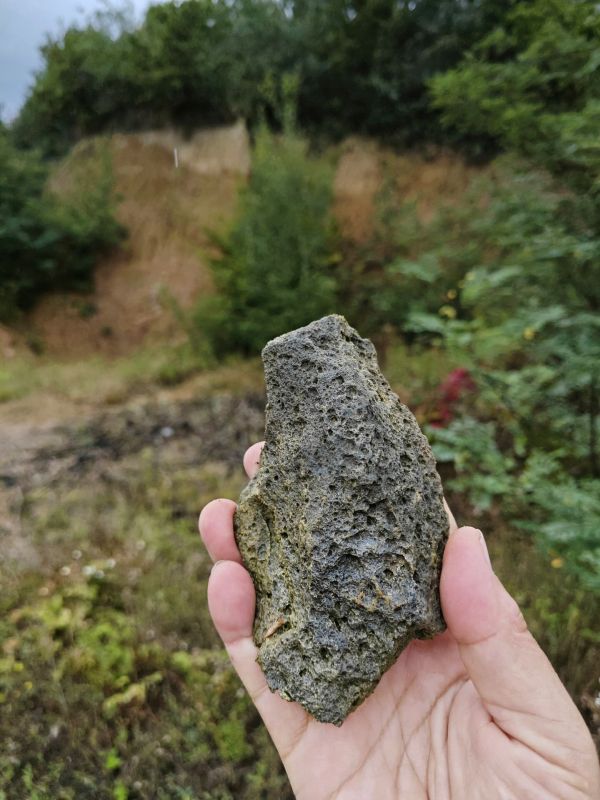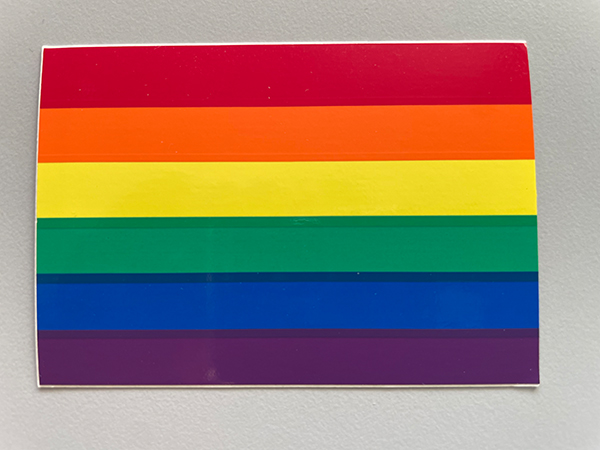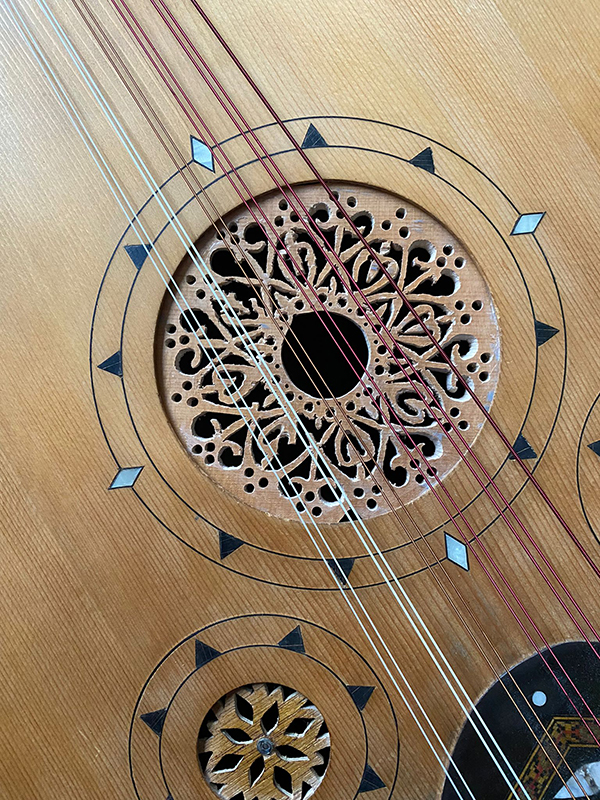By Bright Edosa Igbinovia
Every day, millions of people in Germany use and eat flour, be it to make a delicious cake or to eat a tasty loaf of bread. Most people simply go to the supermarket and pick out the flour they want or head to the bakery to buy their favorite bread there. Most know of the different flour-types (oat, wheat, barley, spelt and rye to name a few). Yet, many do not know the process of how the grains are turned into flour or what exactly makes them different from one another.
Bright Edosa Igbinovia, a collaborator with tünews INTERNATIONAL, is a trained miller and knows exactly how flour is made:
After leaving the farmer, the grains are brought to the mill, where they undergo a first cleaning and are stored. Storing grains is a science in itself. One needs to take care of the grains to avoid germination and pest attack. For this, there are two conservation systems: First of all, the humidity has to be controlled and regulated, which is done by cooling, ventilating or drying the place. Secondly, the grains have to be protected from mice, birds and other animals. Here, it is better to prevent infestation than to combat it. This is done by regularly cleaning the storage unit, closing off holes or other openings, constant inspection of the facilities and such things as mouse traps. During their training, millers can take a course on humane pest elimination. However, not all choose to do this, as they do not want to kill them.
In the process from grain to flour, there are different stages the grain has to go through.
On a side note: While machines do a lot of the work nowadays, they always need human supervision and quality checks. The miller plans for the different stages, documents them, observes customer’s wishes and makes sure that hygiene laws are upheld.
The first stage of processing is the peeling and then the separation of grain seeds from the shell. Then, the grains have to be cleaned and wetted before they can be grinded. After the grinding, the grains are sieved to remove any big pieces or dissolve bigger particles left behind.
The second to last step is the mixing of flours. This is a very important one, as the grain types differ from one another. Consequently, the flour differs as well and not every flour or mix of flour will bring the wanted results. The type of flour is determined by the quantity of minerals in it. The number on packaged flour indicates its type and consequently its mineral content. Here, the rule of thumb is that the higher the flour number, the higher the mineral content. And the higher the mineral content, the darker is the flour. Consequently, pastry flour with the number 405 has less minerals than pumpernickel flour with the number 1800 and they all have different characteristics and qualities.
To mix different flours together, their components are first analyzed in a method called “indirect investigation”. Through the results of the analysis, the flour types are compared and mixed together to improve the backing stability and structure. For this, the flour is tested on its resulting glue content, water absorption, elasticity and many more characteristics. After the mixing comes the last step for the miller, which is the packaging and distribution to the customers. Only after all these steps, can we buy the flour as we know it in the store.
While buying the finished flour is quick and easy – if the lines at the check-out are not too long – the flour-making process is anything but. It takes a lot of skill and time from the miller to give the everyday user this basic food ingredient.
tun070708
Foto: WikimediCommons



